Built In Wardrobes
We Promise, We Won’t Be Beaten On Quality Or Price on Built In Wardrobes.
Free Quote Call Back

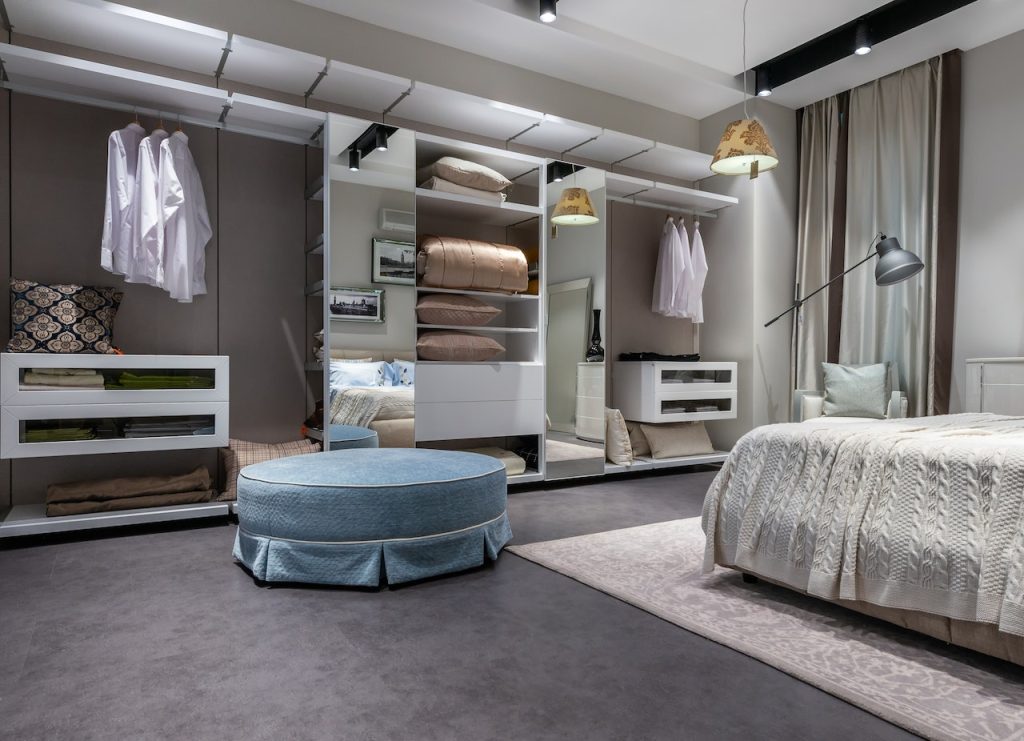
BUILT IN WARDROBES
built-in wardrobes are usually more durable than their freestanding counterparts as they tend to benefit from higher quality construction methods such as reinforced frames and heavy duty hinges. This makes them ideal for both residential and commercial environments where long term reliability is important. As a result, built-in wardrobes offer homeowners greater peace of mind when it comes to investing in furniture for their homes.
Built in wardrobes sydney
custom wardrobes sydney
Built in wardrobes Built in wardrobes Built in wardrobes Built in wardrobes Built in wardrobes Built in wardrobes Built in wardrobesBuilt in wardrobes
Built in wardrobes
Built in wardrobesBuilt in wardrobesBuilt in wardrobes Built in wardrobes
Built in wardrobes sydney
Built in wardrobes sydney
Built in wardrobes sydneyBuilt in wardrobes sydneyBuilt in wardrobes sydney Built in wardrobes sydney
custom wardrobes
custom wardrobes
custom wardrobescustom wardrobescustom wardrobes custom wardrobes
custom wardrobes sydney
custom wardrobes sydney
custom wardrobes sydneycustom wardrobes sydneycustom wardrobes sydney custom wardrobes sydney
custom built in wardrobes
custom built in wardrobes
custom built in wardrobescustom built in wardrobescustom built in wardrobes custom built in wardrobes
fitted wardrobes
fitted wardrobes
fitted wardrobesfitted wardrobesfitted wardrobes fitted wardrobes
cheap built in wardrobes
cheap built in wardrobes
cheap built in wardrobescheap built in wardrobescheap built in wardrobes cheap built in wardrobes
cheap wardrobes
cheap wardrobes
cheap wardrobescheap wardrobescheap wardrobes cheap wardrobes
cheap wardrobes sydney
cheap wardrobes sydney
cheap wardrobes sydneycheap wardrobes sydneycheap wardrobes sydney cheap wardrobes sydney
wardrobes sydney
wardrobes sydney
wardrobes sydneywardrobes sydneywardrobes sydney wardrobes sydney
build
build
buildbuildbuild build
built
built
builtbuiltbuilt built
built in
built in
built inbuilt inbuilt in built in
built in wardrobe
built in wardrobe
built in wardrobebuilt in wardrobebuilt in wardrobe built in wardrobe
built in wardrobes
built in wardrobes
built in wardrobesbuilt in wardrobesbuilt in wardrobes built in wardrobes
built wardrobe
built wardrobe
built wardrobebuilt wardrobebuilt wardrobe built wardrobe
built wardrobes
built wardrobes
built wardrobesbuilt wardrobesbuilt wardrobes built wardrobes
closets
closets
closetsclosetsclosets closets
closets built
closets built
closets builtclosets builtclosets built closets built
fitted
fitted
fittedfittedfitted fitted
fitted wardrobe
fitted wardrobe
fitted wardrobefitted wardrobefitted wardrobe fitted wardrobe
- Built in wardrobes
- Built in wardrobes sydney
- custom wardrobes
- custom wardrobes sydney
- custom built in wardrobes
- fitted wardrobes
- cheap built in wardrobes
- cheap wardrobes
- cheap wardrobes sydney
- wardrobes sydney
- build
- built
- built in
- built in wardrobe
- built in wardrobes
- built wardrobe
- built wardrobes
- closets
- closets built
- fitted
- fitted wardrobe
- fitted
- Built in wardrobes
- Built in wardrobes sydney
- custom wardrobes
- custom wardrobes sydney
- custom built in wardrobes
- fitted wardrobes
- cheap built in wardrobes
- cheap wardrobes
- cheap wardrobes sydney
- wardrobes sydney
- build
- built
- built in
- built in wardrobe
- built in wardrobes
- built wardrobe
- built wardrobes
- closets
- closets built
- fitted
- fitted wardrobe
- fitted
- Built in wardrobes
- Description of Built in wardrobes
- Built in wardrobes sydney
- Description of Built in wardrobes sydney
- custom wardrobes
- Description of custom wardrobes
- custom wardrobes sydney
- Description of custom wardrobes sydney
- custom built in wardrobes
- Description of custom built in wardrobes
- fitted wardrobes
- Description of fitted wardrobes
- cheap built in wardrobes
- Description of cheap built in wardrobes
- cheap wardrobes
- Description of cheap wardrobes
- cheap wardrobes sydney
- Description of cheap wardrobes sydney
- wardrobes sydney
- Description of wardrobes sydney
- build
- Description of build
- built
- Description of built
- built in
- Description of built in
- built in wardrobe
- Description of built in wardrobe
- built in wardrobes
- Description of built in wardrobes
- built wardrobe
- Description of built wardrobe
- built wardrobes
- Description of built wardrobes
- closets
- Description of closets
- closets built
- Description of closets built
- fitted
- Description of fitted
- fitted wardrobe
- Description of fitted wardrobe
- fitted
- Description of fitted
cheap wardrobes
cheap wardrobes sydneyM
sydney wardrobe timber mirror doors wardrobes door laundry warranty australian tasmanian oak clothes room cupboard mosman
wardrobe company
Built in wardrobes Built in wardrobes Built in wardrobes Built in wardrobes Built in wardrobes Built in wardrobes Built in wardrobesBuilt in wardrobes
Built in wardrobes
Built in wardrobesBuilt in wardrobesBuilt in wardrobes Built in wardrobes
Built in wardrobes sydney
Built in wardrobes sydney
Built in wardrobes sydneyBuilt in wardrobes sydneyBuilt in wardrobes sydney Built in wardrobes sydney
custom wardrobes
custom wardrobes
custom wardrobescustom wardrobescustom wardrobes custom wardrobes
custom wardrobes sydney
custom wardrobes sydney
custom wardrobes sydneycustom wardrobes sydneycustom wardrobes sydney custom wardrobes sydney
custom built in wardrobes
custom built in wardrobes
custom built in wardrobescustom built in wardrobescustom built in wardrobes custom built in wardrobes
fitted wardrobes
fitted wardrobes
fitted wardrobesfitted wardrobesfitted wardrobes fitted wardrobes
cheap built in wardrobes
cheap built in wardrobes
cheap built in wardrobescheap built in wardrobescheap built in wardrobes cheap built in wardrobes
cheap wardrobes
cheap wardrobes
cheap wardrobescheap wardrobescheap wardrobes cheap wardrobes
cheap wardrobes sydney
cheap wardrobes sydney
cheap wardrobes sydneycheap wardrobes sydneycheap wardrobes sydney cheap wardrobes sydney
wardrobes sydney
wardrobes sydney
wardrobes sydneywardrobes sydneywardrobes sydney wardrobes sydney
build
build
buildbuildbuild build
built
built
builtbuiltbuilt built
built in
built in
built inbuilt inbuilt in built in
built in wardrobe
built in wardrobe
built in wardrobebuilt in wardrobebuilt in wardrobe built in wardrobe
built in wardrobes
built in wardrobes
built in wardrobesbuilt in wardrobesbuilt in wardrobes built in wardrobes
built wardrobe
built wardrobe
built wardrobebuilt wardrobebuilt wardrobe built wardrobe
built wardrobes
built wardrobes
built wardrobesbuilt wardrobesbuilt wardrobes built wardrobes
closets
closets
closetsclosetsclosets closets
closets built
closets built
closets builtclosets builtclosets built closets built
fitted
fitted
fittedfittedfitted fitted
fitted wardrobe
fitted wardrobe
fitted wardrobefitted wardrobefitted wardrobe fitted wardrobe
- Built in wardrobes
- Built in wardrobes sydney
- custom wardrobes
- custom wardrobes sydney
- custom built in wardrobes
- fitted wardrobes
- cheap built in wardrobes
- cheap wardrobes
- cheap wardrobes sydney
- wardrobes sydney
- build
- built
- built in
- built in wardrobe
- built in wardrobes
- built wardrobe
- built wardrobes
- closets
- closets built
- fitted
- fitted wardrobe
- fitted
- Built in wardrobes
- Built in wardrobes sydney
- custom wardrobes
- custom wardrobes sydney
- custom built in wardrobes
- fitted wardrobes
- cheap built in wardrobes
- cheap wardrobes
- cheap wardrobes sydney
- wardrobes sydney
- build
- built
- built in
- built in wardrobe
- built in wardrobes
- built wardrobe
- built wardrobes
- closets
- closets built
- fitted
- fitted wardrobe
- fitted
- Built in wardrobes
- Description of Built in wardrobes
- Built in wardrobes sydney
- Description of Built in wardrobes sydney
- custom wardrobes
- Description of custom wardrobes
- custom wardrobes sydney
- Description of custom wardrobes sydney
- custom built in wardrobes
- Description of custom built in wardrobes
- fitted wardrobes
- Description of fitted wardrobes
- cheap built in wardrobes
- Description of cheap built in wardrobes
- cheap wardrobes
- Description of cheap wardrobes
- cheap wardrobes sydney
- Description of cheap wardrobes sydney
- wardrobes sydney
- Description of wardrobes sydney
- build
- Description of build
- built
- Description of built
- built in
- Description of built in
- built in wardrobe
- Description of built in wardrobe
- built in wardrobes
- Description of built in wardrobes
- built wardrobe
- Description of built wardrobe
- built wardrobes
- Description of built wardrobes
- closets
- Description of closets
- closets built
- Description of closets built
- fitted
- Description of fitted
- fitted wardrobe
- Description of fitted wardrobe
- fitted
- Description of fitted
Fitted wardrobes
wardrobes sydney
wardrobe company
Built in wardrobes Built in wardrobes Built in wardrobes Built in wardrobes Built in wardrobes Built in wardrobes Built in wardrobesBuilt in wardrobes
Built in wardrobes
Built in wardrobesBuilt in wardrobesBuilt in wardrobes Built in wardrobes
Built in wardrobes sydney
Built in wardrobes sydney
Built in wardrobes sydneyBuilt in wardrobes sydneyBuilt in wardrobes sydney Built in wardrobes sydney
custom wardrobes
custom wardrobes
custom wardrobescustom wardrobescustom wardrobes custom wardrobes
custom wardrobes sydney
custom wardrobes sydney
custom wardrobes sydneycustom wardrobes sydneycustom wardrobes sydney custom wardrobes sydney
custom built in wardrobes
custom built in wardrobes
custom built in wardrobescustom built in wardrobescustom built in wardrobes custom built in wardrobes
fitted wardrobes
fitted wardrobes
fitted wardrobesfitted wardrobesfitted wardrobes fitted wardrobes
cheap built in wardrobes
cheap built in wardrobes
cheap built in wardrobescheap built in wardrobescheap built in wardrobes cheap built in wardrobes
cheap wardrobes
cheap wardrobes
cheap wardrobescheap wardrobescheap wardrobes cheap wardrobes
cheap wardrobes sydney
cheap wardrobes sydney
cheap wardrobes sydneycheap wardrobes sydneycheap wardrobes sydney cheap wardrobes sydney
wardrobes sydney
wardrobes sydney
wardrobes sydneywardrobes sydneywardrobes sydney wardrobes sydney
build
build
buildbuildbuild build
built
built
builtbuiltbuilt built
built in
built in
built inbuilt inbuilt in built in
built in wardrobe
built in wardrobe
built in wardrobebuilt in wardrobebuilt in wardrobe built in wardrobe
built in wardrobes
built in wardrobes
built in wardrobesbuilt in wardrobesbuilt in wardrobes built in wardrobes
built wardrobe
built wardrobe
built wardrobebuilt wardrobebuilt wardrobe built wardrobe
built wardrobes
built wardrobes
built wardrobesbuilt wardrobesbuilt wardrobes built wardrobes
closets
closets
closetsclosetsclosets closets
closets built
closets built
closets builtclosets builtclosets built closets built
fitted
fitted
fittedfittedfitted fitted
fitted wardrobe
fitted wardrobe
fitted wardrobefitted wardrobefitted wardrobe fitted wardrobe
- Built in wardrobes
- Built in wardrobes sydney
- custom wardrobes
- custom wardrobes sydney
- custom built in wardrobes
- fitted wardrobes
- cheap built in wardrobes
- cheap wardrobes
- cheap wardrobes sydney
- wardrobes sydney
- build
- built
- built in
- built in wardrobe
- built in wardrobes
- built wardrobe
- built wardrobes
- closets
- closets built
- fitted
- fitted wardrobe
- fitted
- Built in wardrobes
- Built in wardrobes sydney
- custom wardrobes
- custom wardrobes sydney
- custom built in wardrobes
- fitted wardrobes
- cheap built in wardrobes
- cheap wardrobes
- cheap wardrobes sydney
- wardrobes sydney
- build
- built
- built in
- built in wardrobe
- built in wardrobes
- built wardrobe
- built wardrobes
- closets
- closets built
- fitted
- fitted wardrobe
- fitted
- Built in wardrobes
- Description of Built in wardrobes
- Built in wardrobes sydney
- Description of Built in wardrobes sydney
- custom wardrobes
- Description of custom wardrobes
- custom wardrobes sydney
- Description of custom wardrobes sydney
- custom built in wardrobes
- Description of custom built in wardrobes
- fitted wardrobes
- Description of fitted wardrobes
- cheap built in wardrobes
- Description of cheap built in wardrobes
- cheap wardrobes
- Description of cheap wardrobes
- cheap wardrobes sydney
- Description of cheap wardrobes sydney
- wardrobes sydney
- Description of wardrobes sydney
- build
- Description of build
- built
- Description of built
- built in
- Description of built in
- built in wardrobe
- Description of built in wardrobe
- built in wardrobes
- Description of built in wardrobes
- built wardrobe
- Description of built wardrobe
- built wardrobes
- Description of built wardrobes
- closets
- Description of closets
- closets built
- Description of closets built
- fitted
- Description of fitted
- fitted wardrobe
- Description of fitted wardrobe
- fitted
- Description of fitted
Built-in wardrobes
Built in wardrobes sydney
custom wardrobes
lifetime warranty
Built in wardrobes Built in wardrobes Built in wardrobes Built in wardrobes Built in wardrobes Built in wardrobes Built in wardrobesBuilt in wardrobes
Built in wardrobes
Built in wardrobesBuilt in wardrobesBuilt in wardrobes Built in wardrobes
Built in wardrobes sydney
Built in wardrobes sydney
Built in wardrobes sydneyBuilt in wardrobes sydneyBuilt in wardrobes sydney Built in wardrobes sydney
custom wardrobes
custom wardrobes
custom wardrobescustom wardrobescustom wardrobes custom wardrobes
custom wardrobes sydney
custom wardrobes sydney
custom wardrobes sydneycustom wardrobes sydneycustom wardrobes sydney custom wardrobes sydney
custom built in wardrobes
custom built in wardrobes
custom built in wardrobescustom built in wardrobescustom built in wardrobes custom built in wardrobes
fitted wardrobes
fitted wardrobes
fitted wardrobesfitted wardrobesfitted wardrobes fitted wardrobes
cheap built in wardrobes
cheap built in wardrobes
cheap built in wardrobescheap built in wardrobescheap built in wardrobes cheap built in wardrobes
cheap wardrobes
cheap wardrobes
cheap wardrobescheap wardrobescheap wardrobes cheap wardrobes
cheap wardrobes sydney
cheap wardrobes sydney
cheap wardrobes sydneycheap wardrobes sydneycheap wardrobes sydney cheap wardrobes sydney
wardrobes sydney
wardrobes sydney
wardrobes sydneywardrobes sydneywardrobes sydney wardrobes sydney
build
build
buildbuildbuild build
built
built
builtbuiltbuilt built
built in
built in
built inbuilt inbuilt in built in
built in wardrobe
built in wardrobe
built in wardrobebuilt in wardrobebuilt in wardrobe built in wardrobe
built in wardrobes
built in wardrobes
built in wardrobesbuilt in wardrobesbuilt in wardrobes built in wardrobes
built wardrobe
built wardrobe
built wardrobebuilt wardrobebuilt wardrobe built wardrobe
built wardrobes
built wardrobes
built wardrobesbuilt wardrobesbuilt wardrobes built wardrobes
closets
closets
closetsclosetsclosets closets
closets built
closets built
closets builtclosets builtclosets built closets built
fitted
fitted
fittedfittedfitted fitted
fitted wardrobe
fitted wardrobe
fitted wardrobefitted wardrobefitted wardrobe fitted wardrobe
- Built in wardrobes
- Built in wardrobes sydney
- custom wardrobes
- custom wardrobes sydney
- custom built in wardrobes
- fitted wardrobes
- cheap built in wardrobes
- cheap wardrobes
- cheap wardrobes sydney
- wardrobes sydney
- build
- built
- built in
- built in wardrobe
- built in wardrobes
- built wardrobe
- built wardrobes
- closets
- closets built
- fitted
- fitted wardrobe
- fitted
- Built in wardrobes
- Built in wardrobes sydney
- custom wardrobes
- custom wardrobes sydney
- custom built in wardrobes
- fitted wardrobes
- cheap built in wardrobes
- cheap wardrobes
- cheap wardrobes sydney
- wardrobes sydney
- build
- built
- built in
- built in wardrobe
- built in wardrobes
- built wardrobe
- built wardrobes
- closets
- closets built
- fitted
- fitted wardrobe
- fitted
- Built in wardrobes
- Description of Built in wardrobes
- Built in wardrobes sydney
- Description of Built in wardrobes sydney
- custom wardrobes
- Description of custom wardrobes
- custom wardrobes sydney
- Description of custom wardrobes sydney
- custom built in wardrobes
- Description of custom built in wardrobes
- fitted wardrobes
- Description of fitted wardrobes
- cheap built in wardrobes
- Description of cheap built in wardrobes
- cheap wardrobes
- Description of cheap wardrobes
- cheap wardrobes sydney
- Description of cheap wardrobes sydney
- wardrobes sydney
- Description of wardrobes sydney
- build
- Description of build
- built
- Description of built
- built in
- Description of built in
- built in wardrobe
- Description of built in wardrobe
- built in wardrobes
- Description of built in wardrobes
- built wardrobe
- Description of built wardrobe
- built wardrobes
- Description of built wardrobes
- closets
- Description of closets
- closets built
- Description of closets built
- fitted
- Description of fitted
- fitted wardrobe
- Description of fitted wardrobe
- fitted
- Description of fitted
custom wardrobes sydney
custom built in wardrobes
fitted wardrobes
cheap built in wardrobesCustom Built In Wardrobes
Custom built in wardrobes are a popular choice for homeowners who want to make the most of their available space. They come in many different styles and sizes, ranging from smaller walk-in robes to large fitted wardrobes with sliding doors.
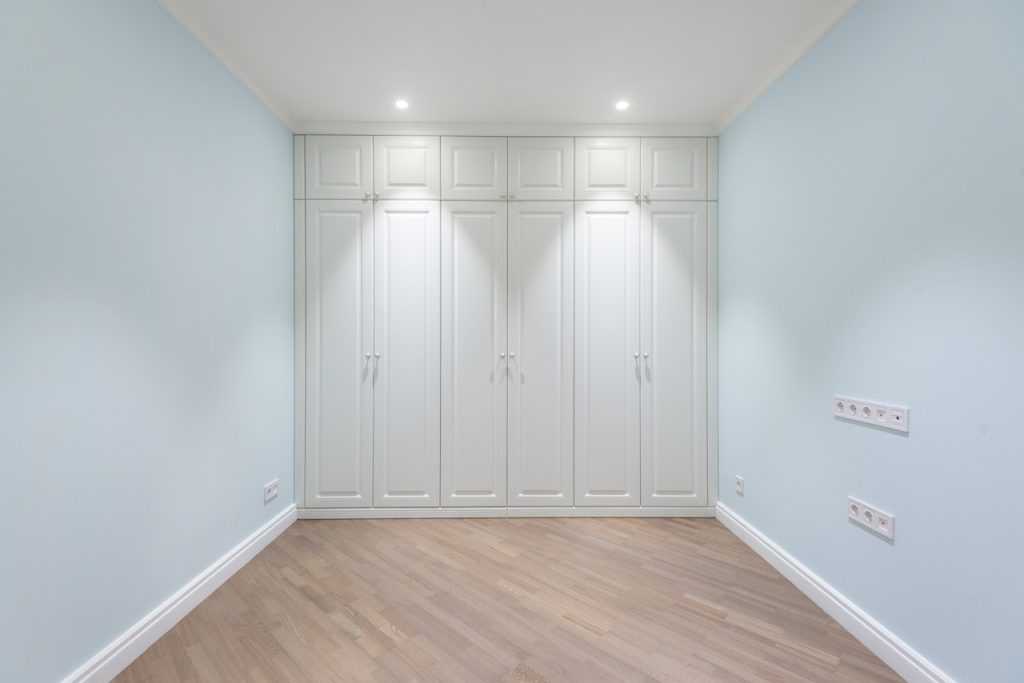
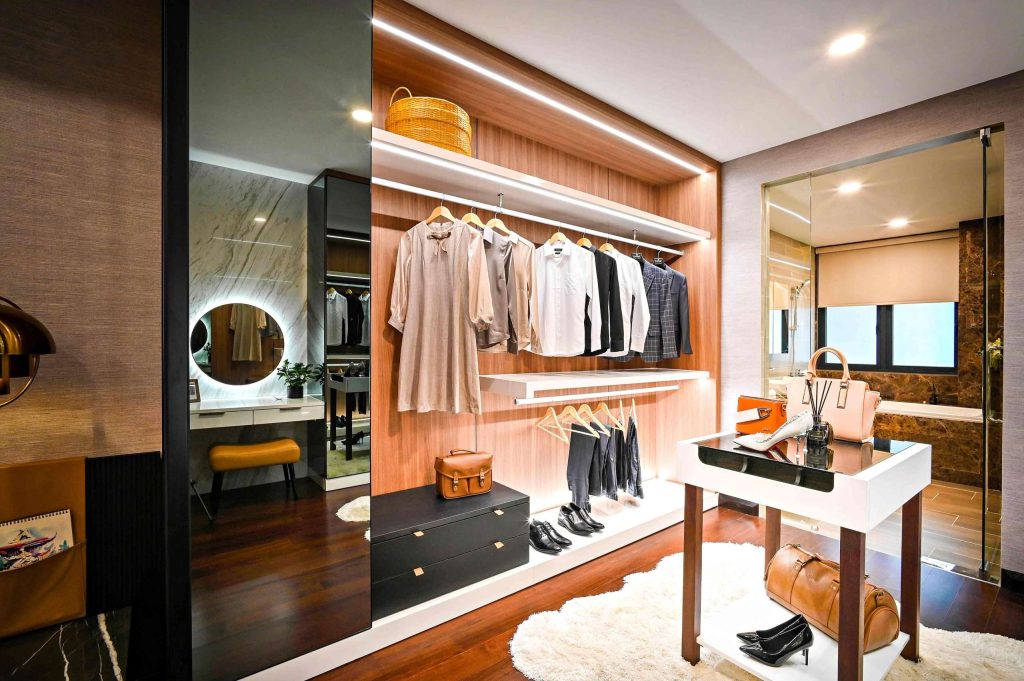
Fitted Wardrobes
Fitted wardrobes provide an efficient and streamlined storage solution for any room. They are usually custom-made to fit the exact dimensions of the space, making them a great choice if you’re limited in terms of floor area or height due to sloping ceilings. Fitted wardrobes maximise storage potential by utilising all available wall and ceiling space, as well as offering numerous internal configurations such as hanging rails, shelving and drawers.
Wardrobe Installation
We Handle All Your Wardrobe Installation Needs. Fitted perfectly and installed by our team of wardrobe installers.
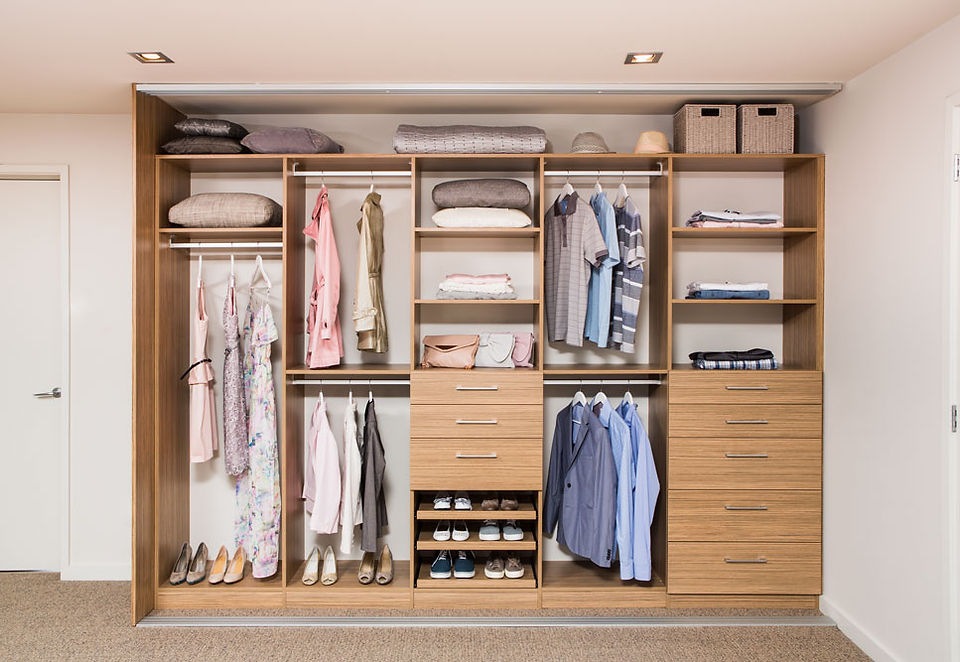
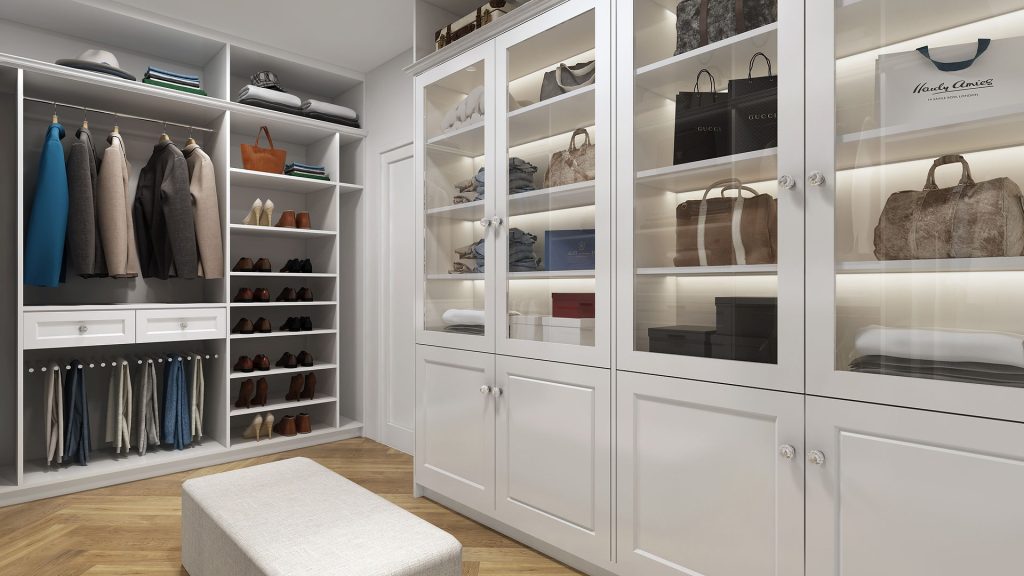
Designer Built in wardrobes
Designer built in wardrobes are becoming increasingly popular due to their unique advantages. They provide a great way to maximize storage space, while also enhancing the aesthetic appeal of any room. Moreover, they can be custom-built and made to fit into almost any area within the home, making them highly versatile. There are countless options when it comes to style and design for these bespoke items:
Frequently Asked Questions About Built In wardrobes.
To make an informed decision, one must assess both the advantages and disadvantages of this type of storage solution.
The main advantage of built-in wardrobes is that they can be customised to fit any room’s available space. This makes them ideal for maximising storage capacity in small rooms or apartments where there may not be much room left after furniture has been placed. Additionally, these types of wardrobe drawers provide a more professional look when compared with stand-alone pieces such as chests of drawers or armoires. They also tend to last longer due to their construction using sturdier materials than their counterparts. Built-in wardrobes additionally increase the value of a home due to their permanence and quality finish which prospective buyers appreciate.
On the other hand, drawbacks exist in terms of cost and installation difficulty. As noted earlier, built-in wardrobes come at a higher price tag than stand alone units since they require specific measurements and customisation from a carpenter or contractor prior to installation which adds extra expenses on top of purchasing the wardrobe itself. Furthermore, installing them requires additional labour depending on complexity and size which further increases costs.
Overall, although built-in wardrobes have some drawbacks such as high upfront costs, those looking for increased storage solutions should weigh all factors before making buying decisions as the unique benefits provided by this style may outweigh potential expenditures in certain situations. Without question, exploring all options will help ensure customers get maximum utility out of their purchase while avoiding buyer remorse later down the line.
Fitted wardrobes require a secure and stable wall to attach them. Depending on the type of wardrobe, there are different methods for attaching it to the wall. The majority of fitted wardrobes will be attached with screws or bolts that go into the studs in the walls. Plasterboard walls can also be used but more caution must be taken when affixing anything to these types of walls as they may not provide adequate support for the weight of a large wardrobe.
Another way of securing a built-in wardrobe is by using toggle bolts which have an anchor system behind your plasterboard wall; this provides extra strength and stability when installing heavy objects such as built-in wardrobes. In addition, some manufacturers offer specific brackets that are designed specifically for fitted wardrobes so you should contact them if you are unsure about how best to mount your wardrobe safely and securely onto your wall.
When mounting any type of furniture, it’s important to make sure that all fittings are properly secured and do not move when pushed or pulled – especially with larger items like built-in wardrobes – failure to do so could result in serious injury or damage. It is always advisable to seek professional advice before attempting any installation yourself as incorrect fitting could cause long term structural issues within your home.
Installing a built-in wardrobe can be a complex process, requiring careful consideration of space, configuration and materials. The amount of time it takes to install one depends on various factors such as the size and complexity of the wardrobe, the experience level of the installer and the number of people working on it. This article will discuss these factors in more detail so that readers can get an estimate for how long installation might take.
The size and complexity of a wardrobe is typically determined by its measurements and design features. A straightforward single door with shelves or drawers inside may take only a few hours to install, while something more elaborate with multiple doors or complicated configurations could take days or even weeks depending on the intricacy involved. To give an accurate assessment then, it’s essential that any potential buyer know exactly what they want before having someone come out to do an installation job – otherwise there could be surprises when it comes to completion times.
In addition to size and complexity, another important factor determining how long installation will take is who is doing the work. Experienced installers are usually faster than those who are less experienced since they have better knowledge about construction techniques which saves them time during assembly tasks. Furthermore, if multiple workers are present at once then things can move along much quicker due to task delegation amongst individuals; this means that larger wardrobes may need extra hands when being installed in order for them to go up quickly without sacrificing quality control measures during production.
To sum up, installing a built-in wardrobe requires careful planning beforehand in terms of size and style desired. In addition, taking into account both experience level of the installer(s) as well as number of people available when assembling all contribute towards estimating realistically how long installation might take overall.
When considering the features of a wardrobe, one of the most important decisions is what material to choose. Built-in wardrobes offer a variety of materials that come in different styles and shapes. This article will explore the various materials available for built-in wardrobes and discuss their benefits and drawbacks.
Wooden wardrobes are attractive and long lasting options for built-in wardrobes. They can be finished in either paint or lacquer, allowing homeowners to customize them according to aesthetic preferences. Furthermore, wooden wardrobes may also have internal drawers which provide additional storage space. On the other hand, wood does require regular maintenance to prevent it from warping or cracking due to fluctuations in humidity levels or temperature changes inside the home. Additionally, this type of furniture tends to be more expensive than other materials used for built-in wardrobes such as metal or plastic.
Metal is another option when it comes to built-in wardrobes. It offers durability and resistance against moisture damage since metals do not absorb water like wood does. Metal is also easy to clean and maintain as well as being relatively inexpensive compared with wooden models. However, metal has less insulation properties meaning it conducts heat quickly; so if you live in an area where there are rapid temperature swings then this might not be ideal choice for your needs. In addition, metallic finishes tend to scratch easily which means they need frequent polishing or repainting over time if they are going to remain looking good quality items over years of use .
Plastic is yet another viable alternative for those who wish to incorporate a built-in wardrobe into their homes. Plastic provides affordability alongside low maintenance requirements making it an appealing option for many people on tight budgets who still want something stylish and durable enough for daily use over extended periods of time without requiring much effort in terms of upkeep or repair work needed along the way.. Despite its advantages however, plastic lacks some of the visual appeal found in wooden versions and cannot be customised quite as extensively as other materials used for building these types of furniture pieces could be..
In summary, while choosing between woods, metals and plastics when deciding on a material for a built-in wardrobe can seem daunting at first glance , each respective material offers unique benefits that must be weighed up carefully before settling on any particular design solution . By taking all factors into consideration upfront – including cost efficiency , longevity , appearance , convenience – homeowners should be able gain peace mind knowing that whichever option they decide upon will serve them well over time provided its suitably maintained throughout its lifetime usage
Fitted wardrobes and built-in wardrobes are two distinct styles of wardrobe that can offer a wide range of benefits to any home. But what is the difference between them? This article will explore this question in greater detail, looking at the features, advantages and disadvantages of fitted wardrobes and built-in wardrobes.
A fitted wardrobe provides an ideal storage solution for those who are short on space. These types of wardrobes typically involve customising existing furniture to fit into alcoves or other areas within a room. Fitted wardrobes generally come with shelves, drawers and hanging spaces as well as options for additional storage like pull out trays or baskets. They also have adjustable shelving systems so you can easily make use of every bit of available space without having to compromise on style or aesthetics.
Built-in wardrobes differ from fitted ones in that they are integrated directly into the wall structure itself rather than being attached to existing furniture. This makes them less obtrusive than fitted models which may stick out if not properly measured before installation. Built-in models tend to be more expensive than their fitted counterparts but they often provide better quality materials since they need to be designed specifically for each area. As such, these types of wardrobe can add a great deal of value when it comes time to resell your property due to its customized nature.
When deciding between these two choices it’s important to consider both practicality and cost effectiveness; while built-in models may offer higher quality construction, they might not always be the most economical option depending on your budget constraints. Ultimately it is up to you decide which type best suits your needs and lifestyle given all factors considered.
- Built In Wardrobes Smithfield
- Built in wardrobes Heckenberg
- Built in wardrobes Holsworthy
- Built in wardrobes Busby
- Built in wardrobes Casula
- built in wardrobes Edmondson Park
- Built in wardrobes Green Valley
- Built in wardrobes Hammondville
- Built in wardrobes Sadleir
- Built in wardrobes Voyager Point
- Built in wardrobes Wattle Grove
- Built in wardrobes West Hoxton
- Built in wardrobes ryde
- Built In Wardrobes Yagoona
- Raby, NSW
- Built In Wardrobes Campbelltown
- Built In Wardrobes Moorebank
- Built In Wardrobes Chipping Norton
- Built in wardrobes Warwick Farm
- Built In Wardrobes Bankstown
- built in wardrobes Revesby
- Built in wardrobes Regents Park
- Built In Wardrobes East Hills
- Built In Wardrobes Punchbowl
- built in wardrobes Condell Park
- built in wardrobes Millperra
- built in wardrobes Roselands
- built in wardrobes Liverpool
- built in wardrobes Sydney